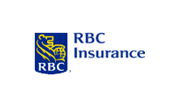
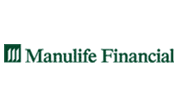

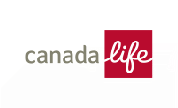
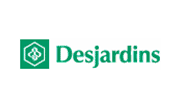
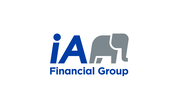

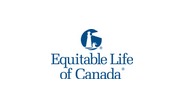

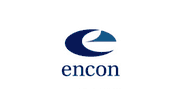
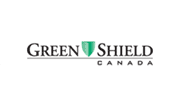
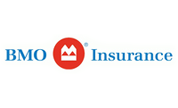


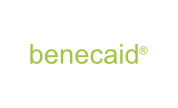















Annual deductibles eliminate the claim and processing cost for employees who do not exceed the deductible. High deductibles control costs effectively when the primary focus of the benefit is to insure against infrequent, high cost expenses. The use of deductibles is sometimes criticized because it penalizes employees with low claims.
The most common deductible is $25 per individual and $50 per family each calendar year. If the deductible is not increased each year to keep pace with inflation, its ability to contain costs is eroded over time because the deductible will represent a decreasing portion of plan costs.
Coinsurance requires the employee to pay a percentage of the expense. For example, a plan with 80% coinsurance would reimburse 80% of eligible expenses with the plan member paying the remaining 20%. As such, it motivates the plan member to be prudent with his/her dental expenditures. Unlike deductibles, coinsurance keeps pace with inflation and discourages high utilization. Coinsurance is effective at controlling claims for elective products or services.
Different elements of the dental plan generally have different coinsurance factors. For example, basic restorative, periodontic and endodontic services are commonly reimbursed at 80-100%. Major restorative and orthodontic services are generally reimbursed at 50%.
Annual maximums are generally placed on the dental plan to limit the plan sponsor's liability. Basic restorative, periodontic and endodontic services are sometime unlimited but generally have a calendar year maximum (frequently $1,500). Major restorative and orthodontic services also have a capped benefit with the orthodontic benefit sometimes having a lifetime maximum.
There is no scientific evidence to support semi-annual dental examinations for everyone. Early detection of disease is prudent, but only for those at high risk. With better patient education and dental technology, the traditional six month check up is not necessary for many people. A plan with a nine or twelve month recall is often sufficient.
Many studies have linked the dramatic decline in the rate of tooth decay in developed countries with the widespread use of fluoride. However, studies have also shown that topical fluoride treatment is of little benefit to individuals over 18 years of age. Therefore, restricting treatment to those under 18 can help contain costs without effecting the welfare of the patient.
Many plan sponsors restrict or do not cover oral hygiene instruction to limit claims.
Scaling used to represent such a small portion of dental claims it never got much attention. However, scaling now represents a significant portion of dental claims. Some plan sponsors believe it to be reasonable for plan members to contribute toward the cost of dental neglect. Reimbursement for scaling can be limited to 50%. This will require plan members to scrutinize claims by being directly responsible for part of the cost. Alternatively, the number of units of scaling could be limited to 4-8 per year or at least requiring a documented diagnosis and treatment plan for claims in excess of 4 units per year.
Based on initial studies, Amalgam bonding may be able to bring the strength of a tooth back to its original state in certain situations. However, the additional cost of bonding can significantly increase the cost of the amalgam. Therefore, many benefit plans limit the cost to that of the corresponding non-bonded amalgam.
Major restorative plans usually have a missing tooth provision which acts as an exclusion for a pre-existing condition. New bridges or dentures will not be covered if at least one of the teeth involved was extracted while not covered by the plan.
Most dental plans limit reimbursement to the dental association's current fee schedule of the plan member's province of residence. Some plans use specialist's fee schedules when the service is performed by a specialist. The prices are on average 20% higher for specialists. To reduce claim costs, some plan members elect to remain a year behind the current fee schedule and thus reimburse at a slightly lower level for dental procedures.
A preferred provider network eliminates those providers that provide less value when compared on a cost per service basis. However, plan members are restricted as to where they can obtain dental service.
A preferred provider network of dentists can potentially:
High turnover usually results in heavy usage of a plan. This is particularly the case with dental coverage where new hires may have previously been without coverage. Plan members may have significant claims when coverage begins and may also take maximum advantage of their plan before ceasing employment. To help offset this problem, employers usually have eligibility requirements. Plan sponsors require their plan members to have three months of continuous employment (with a minimum number of hours per week) before they become eligible for the group benefit plan. Plan sponsors with very poor turnover often make the eligibility period as long as six to twelve months.